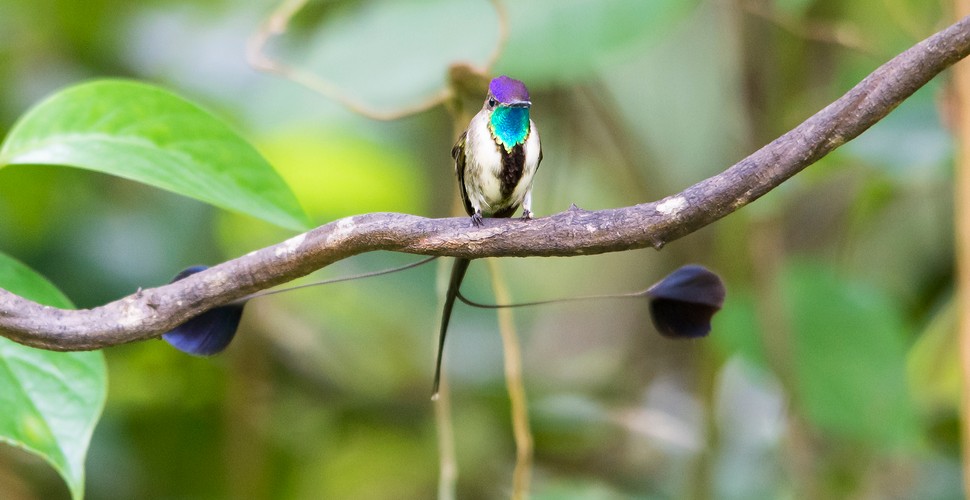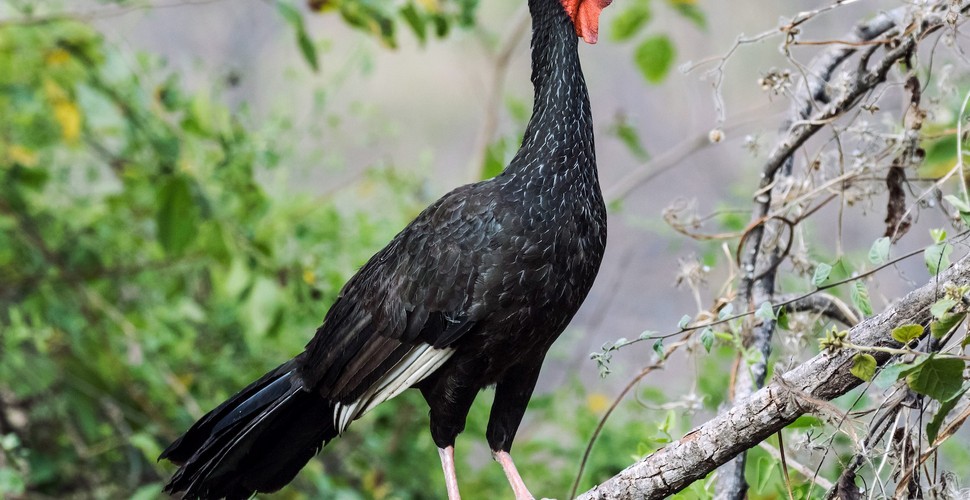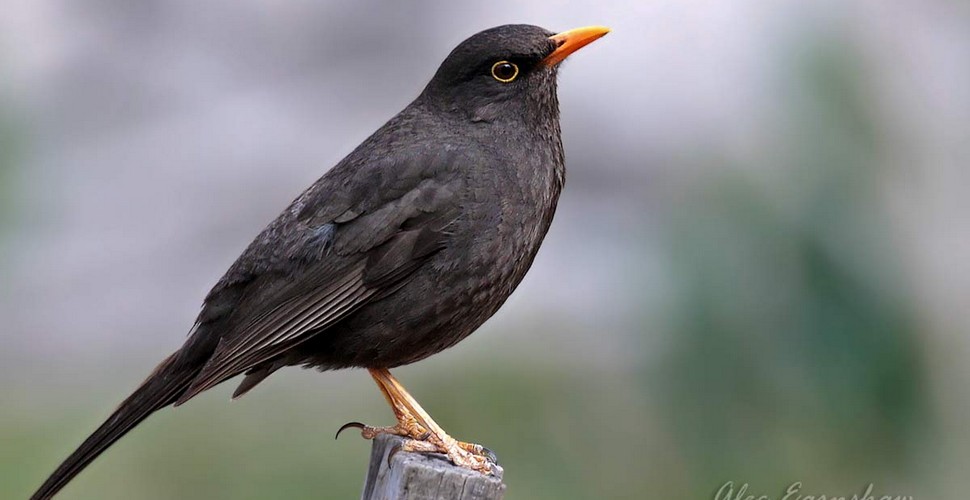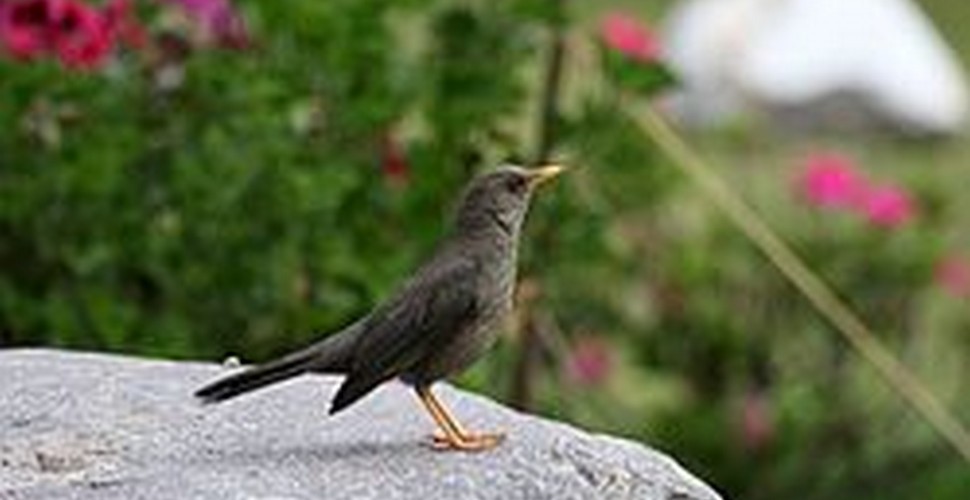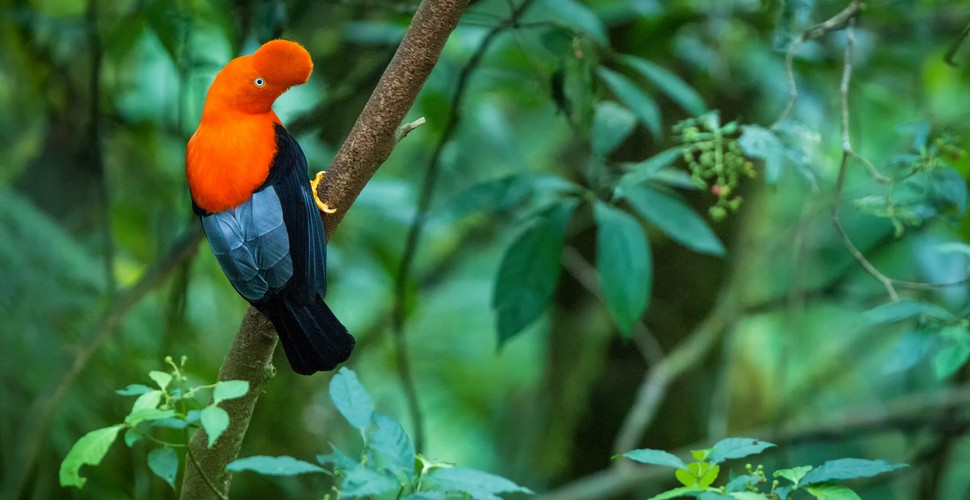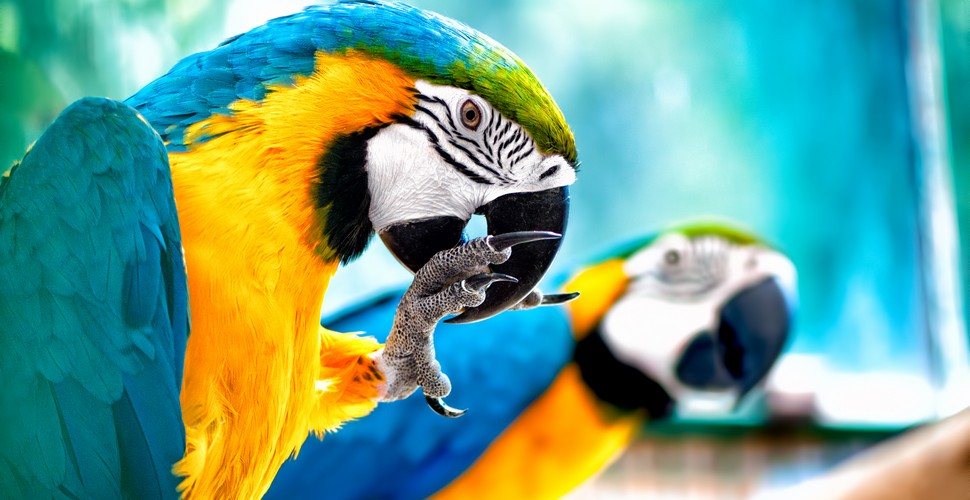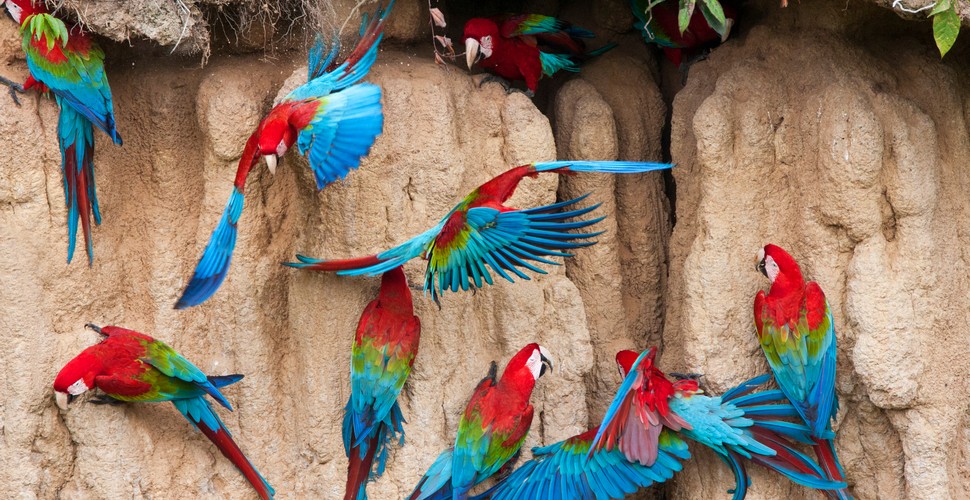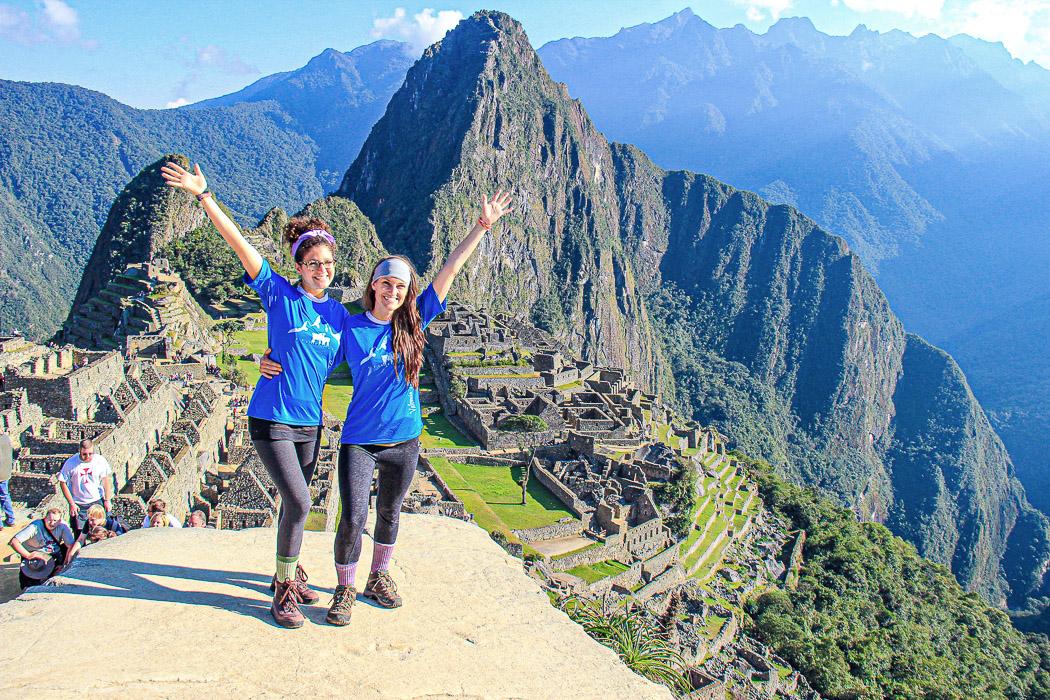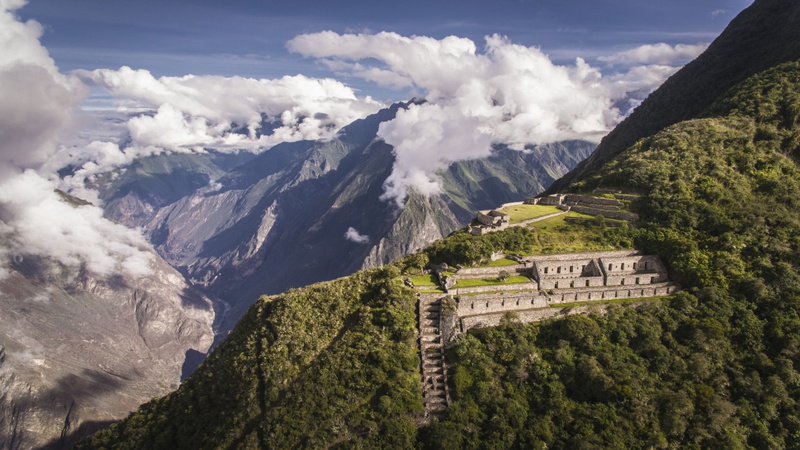
Top birdwatching destinations in Peru
Written by:Valencia Travel
Last Update: 2025-02-23
Peru is one of the three most diverse countries for birds on the planet and is a bucket list item on the international birder's agenda. Its varied geography and topography, wildernesses of different ecological zones, and temperate climate have pushed Peru to the top of the list with magnificent bio-diversity and impressive density of birds. The bird population in Peru is 10% of the world's total, with nearly 2,000 species of resident and migrant birds identified throughout Peru. While many birding Peru tours are in the Amazon regions, the Cusco area, especially around Machu Picchu and the Islas Ballestas, also offers excellent birdwatching opportunities. For ornithologists, it doesn't come more exciting than this! Peru has many species new to science that have been discovered in Peru recently; some of them are so new they have not even been given scientific names yet! Peru birding has never been more exciting! Here are some of the best birding destinations in Peru.
Humboldt Penguins in Paracas
Northern Peru
Kuelap and the surrounding areas are the habitats for the hummingbird spatuletail. The Abra Patricia Private Conservation Area and the Lechucita Bigotona Biological Station, both found in Chachapoyas, have become strategic points to admire this kind of avian.
Spatuletail Hummingbird
Tumbes
The Tumbes National Reserve, located 4 hours east of the city, is where the last tropical forests of the Pacific are protected. Peru birding has never been so excellent, as you will see the silver hawk and the anthill collar.
Lambayeque
The protagonist bird of Lambayeque is the white-winged turkey, which lives in the district of Olmos, in the gorges of the Sierra de Lambayeque, and the Chaparrí Ecological Reserve. Also, in the Chiclayan forests of Algarrobos, the Peruvian Cortarama can be spotted for the ultimate birdwatching Peru experience.
White Winged Turkey
Lima
The Pantanos de Villa Wildlife Refuge has more than 160 species of birds, including herons and osprey. In the Lomas de Lachay National Reserve, located 105 km north of the capital, you will appreciate the mountain partridge, the black-headed gallinazo, and the black-eared harrier.
Central jungle
In Chanchamayo and Oxapampa, Peru, birding includes many species, including hawks, parrots, buzzards, and Chihuacos.
Chihuaco (Thrush)
Paracas National Reserve
Nearly 216 species of seabirds, including migratory and endemic birds, have been counted in the Paracas National Reserve. The most famous is the Humboldt penguin. You can also spot flamingos, parihuana, the Dominican gull, and the zarcillo.
Nazca
The city of Nazca, located about six hours south of the capital, Lima, is famous for its mysterious lines and is an essential sight for Peru birding. You can spot the white wing flycatcher and the cactus canastero, which are endemic bird species to spot.
Arequipa and Colca Canyon
In the Arequipa region, the star bird is the magnificent Andean condor and the cordillerano eaglet. In danger of extinction, the Andean Condor has to be on your birdwatching Peru bucket list.
Cusco
In the forests on the banks of the Vilcanota River, in The Sacred Valley of The Incas, you will see the cock-of-the-rock, the all-important national bird of Peru.
Cock of the Rock
Puno and Lake Titicaca
There are 150 bird species in the Titicaca National Reserve. For example, the white heron, balserito, owl, bandurria, red duck, and the Titicaca diver all call this gigantic lake home.
Manu National Park
Manu Biosphere Reserve is believed to have the highest concentration of bird life on the planet and is legendary among birders. It boasts more than 1,000 species of birds. Cocks-of-the-rock, quetzals, toucanets, tanagers, and seven colorful macaws await those patient Peru birders. Some visitors have spotted as many as 500 species in relatively short visits to Manu. For specialists, the Manu Wildlife Center is the best for Peru birding, and Pantiacolla Lodge is also highly recommended.
Blue and Yellow Macaws
Tambopata
In the Tambopata National Reserve, there are at least 670 bird species. Macaws come in blue and yellow, scarlet, and red and green species. The Amazonian kingfisher is also native to this region. The Tambopata National Reserve is also spectacular for birding and more accessible than Manu. The reserve, about a third the size of Costa Rica, houses more species of birds (around 600) and butterflies (more than 1,200) than any place of similar size worldwide.
Tambopata and Manu are famous for their “collpas," or clay licks, where hundreds of macaws, parrots, and other birds appear daily to feed. Nearer to Puerto Maldonado, good birding areas include the Sandoval and Valencia lakes, but they cannot compare to the significant reserves. Inkaterra field station is renowned as one of the best birding tours in Peru at its lodge in The Tambopata Reserve.
Macaws on a Clay Lick in Tambopata
If you are interested in a unique BirdwatcBirdwatching Peru, contact us at Valencia Travel Cusco here for all of the Peru birding options available!
 Aventure
Aventure
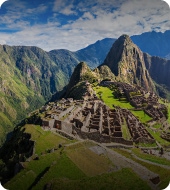 Cultural
Cultural
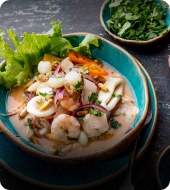 Gastronomy
Gastronomy
 Wellness
Wellness
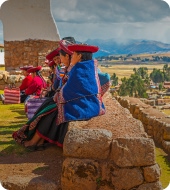 Local Living
Local Living
 Luxury
Luxury

